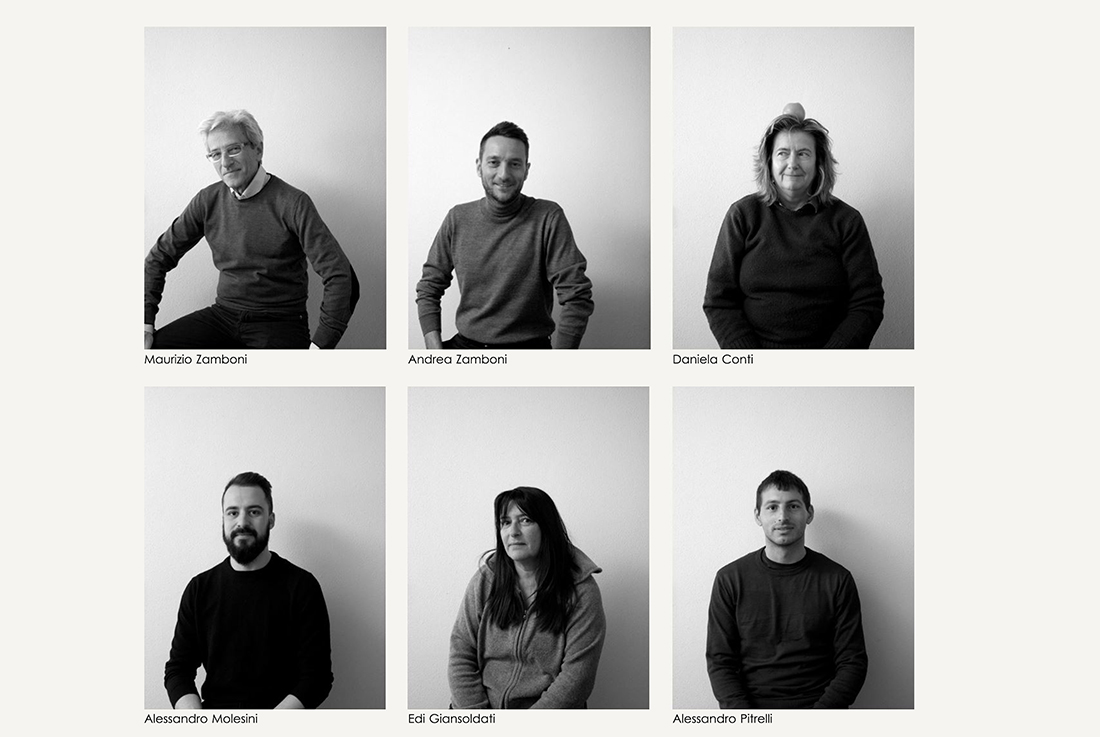
Zamboni Associati Architetti, Italy
Covid-19 emergency apparently leads in the diametrically opposite direction to how our cities, our communities, our activities and the use of public and private space were evolving before the pandemic. Summarizing in a radical way, these are the phenomena that paint the pre-covid evolution:
- Densification (in its extreme Congestion)
- Concentration and "contamination" of activities and people, Mixed use
- Hydrid communities, Multi-ethnic and multicultural cities, Intergenerational mix
- Elimination of material and immaterial barriers
- Inclusive society, Enhancing differences
- Extreme urbanization
- Growing public-private interaction
- Culture of sharing / Sharing economy
- Collaborative thinking / Coworking
- Actions to contain the environmental impact
- City and periphery relationship (densification / expansion / regeneration)
- City and countryside relationship (indifference / ibirid spaces)
- Strengthening attractiveness (Skills / Localization)
Covid-19 "brings to the brink" ambiguous or unresolved situations, detonates all existing problems, obliges the awareness of an epochal change, forces an immediate mutation guided by definitive digitization - with the potential and related problems - implying:
- Decongestion
- De-urbanization
- Physical movement reduction / Social increase
- Strengthening digital infrastructures (online commerce, digital learning, smart working)
- Expansion or functional separation of public spaces
- Clear distinction between public and private sector / Zoning
- Strengthening of exclusive company / Exacerbation of differences
- Increased control (Security VS Privacy) / Gated communities
- Strengthening Public action
- Ecological transition accentuation
- City and countryside relationship (interdependence)
- Strengthening competitiveness (Skills / Innovation)
Horizon 2020 has turned into Collapse 2020, or the global collapse of an economic, social and cultural model. Rem Koolhaas with the exhibition "Countryside: The Future" underway at the Guggenheim Museum in New York raises an important question that concerns 98% of our non-urbanized planet, that is where the profound transformations of our era are underway and will grow, and where we find the biggest differences, the biggest problems and opportunities related to our existence and balance with our planet and our development model.
In the essay "Spillover" the writer and journalist David Quammen describe with great anticipation the pandemic in progress and its ecological reasons, due to the leap in species that allowed viruses to pass from animals to humans, driven by the deep transformations largely induced by man towards our planet.
I recently wrote a brief reflection induced by reading David Quammen essay. In this text I described man as a virus, the planet as the organism affected by the virus and - bringing the paradox to its extreme consequences - cities as the effect of the disease that affects, afflicting it in an increasingly harmful way, our planet. It is an extreme and paradoxical reading but it can make us reflect on a different way of relating to the remaining part of the planet not occupied by our cities and a different way of relating to our urban and vital space.
To avoid the spillover of problems from man-generated space towards our planet, in 2020 architects and urban planners have a great opportunity and responsibility to act with urgency and vision in a moment of extraordinary gravity and importance for all. Perhaps it is the last chance to demonstrate that our profession is not exhausting its ability to intervene on the fundamental issues of living, going beyond a decorative role in which we have increasingly relegated ourselves.
June 18, 2020


